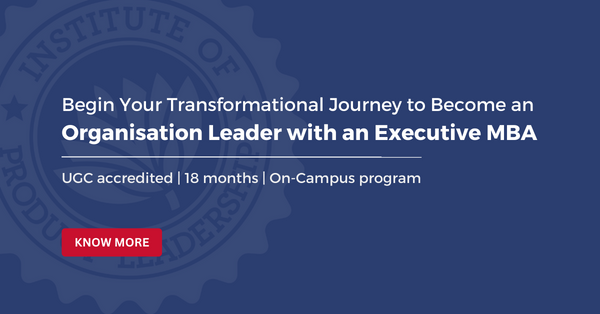Myth 1: Product Management is a Technical Role
Mindset:
Contrary to popular belief, product management doesn’t require a deep technical background. While understanding technology can be beneficial, it’s not mandatory for success in this role.
Skill Sets for Effective Product Management:
Instead of focusing solely on technical prowess, product managers should prioritize skills in areas such as customer insight, market research, and strategic thinking. These skills are essential for driving product success.
Career Strategy:
Think of the product manager as the orchestrator of a symphony. They may not be experts in playing every instrument (or coding every feature), but they understand how to bring all the elements together harmoniously to create a successful product.
Myth 2: Product Management is Limited to Writing Requirements
Mindset:
Many perceive product managers as solely responsible for writing user stories and requirements. However, the role of product management encompasses a broader spectrum of responsibilities and skills.
Understanding the Role:
Product management entails various responsibilities beyond writing requirements. Let’s explore these roles through a unique perspective proposed by Jason Shen, a product leader.
The Four Personas of Product Management:
Analyst:
- Detail-oriented and data-driven.
- Works closely with development and support teams to identify and address product issues.
- Emphasizes meticulous testing and problem-solving.
Organizer:
- Empathetic and collaborative.
- Coordinates cross-functional teams to execute product features.
- Balances empathy with a focus on delivering specific product features or releases.
Advocate:
- Empathetic and emotionally intelligent.
- Motivates team members and organizational leaders.
- Acts as a strong communicator and storyteller, inspiring others with the product vision.
Explorer:
- Outbound-focused and forward-thinking.
- Analyzes market trends and consumer behavior to inform product strategy.
- Shapes the product roadmap based on anticipated market shifts and emerging technologies.
Skill Sets for Effective Product Management:
Product managers require a diverse skill set tailored to their respective personas and responsibilities:
Inbound Product Management (Blue):
- Involves tasks related to product planning, such as writing personas, requirements, user experience design, and roadmaps.
Outbound Product Management (Red):
- Focuses on product marketing, including market analysis, positioning, and messaging.
Career Strategy
To excel in product management, aspiring PMs should focus on developing a versatile skill set including analytical thinking, strategic planning, effective communication, and empathetic leadership. By embracing the multifaceted nature of product management and honing skills across different personas, individuals can advance their careers and drive impactful product innovation.
Myth 3: Product Managers are Always with Development Teams
Mindset:
It’s commonly believed that product managers spend all their time with development teams. However, this assumption overlooks the multidimensional nature of the product management role.
Skillset:
Beyond technical prowess, product managers require strong influencing and negotiation skills to collaborate effectively with cross-functional teams. They must develop empathy, communication abilities, and strategic thinking to drive alignment and navigate complex organizational dynamics.
Career Strategy:
Aspiring product managers should prioritize skill development in influencing, negotiation, and leadership. They should seek opportunities to work with diverse teams and gain experience in driving alignment toward common goals. By honing these skills and fostering collaboration across functions, product managers can advance their careers and make significant impacts in their organizations.
Myth 4: Certification or MBA is a Must for Product Managers
Mindset: Many believe that a certification or an MBA is a prerequisite to becoming a product manager. This misconception often arises from job descriptions that list such qualifications or from observing peers transitioning into product management roles after completing MBA programs.
Skill Sets:
- Product Planning: Proficiency in product planning involves understanding market needs, prioritizing features, and creating product roadmaps aligned with business objectives.
- Customer Insighting: Effective product managers gather and analyze customer feedback, conduct market research, and derive insights to inform product development decisions.
- Market Execution: Skills in market execution encompass launching products, developing go-to-market strategies, and collaborating with cross-functional teams to drive product success.
Career Strategy:
- De-emphasize Credentials: Instead of fixating on certifications or degrees, concentrate on acquiring relevant skills and competencies through structured learning and hands-on experience.
- Build a Demonstrable Portfolio: Develop a portfolio of projects, case studies, or practical implementations showcasing your product management skills. This portfolio serves as tangible evidence of your abilities and can be shared with potential employers.
Demonstrate Expertise: Utilize various platforms such as LinkedIn, YouTube, or industry events to showcase your portfolio and expertise. Actively participate as a speaker, panelist, or contributor to highlight your capabilities and differentiate yourself from other candidates.






